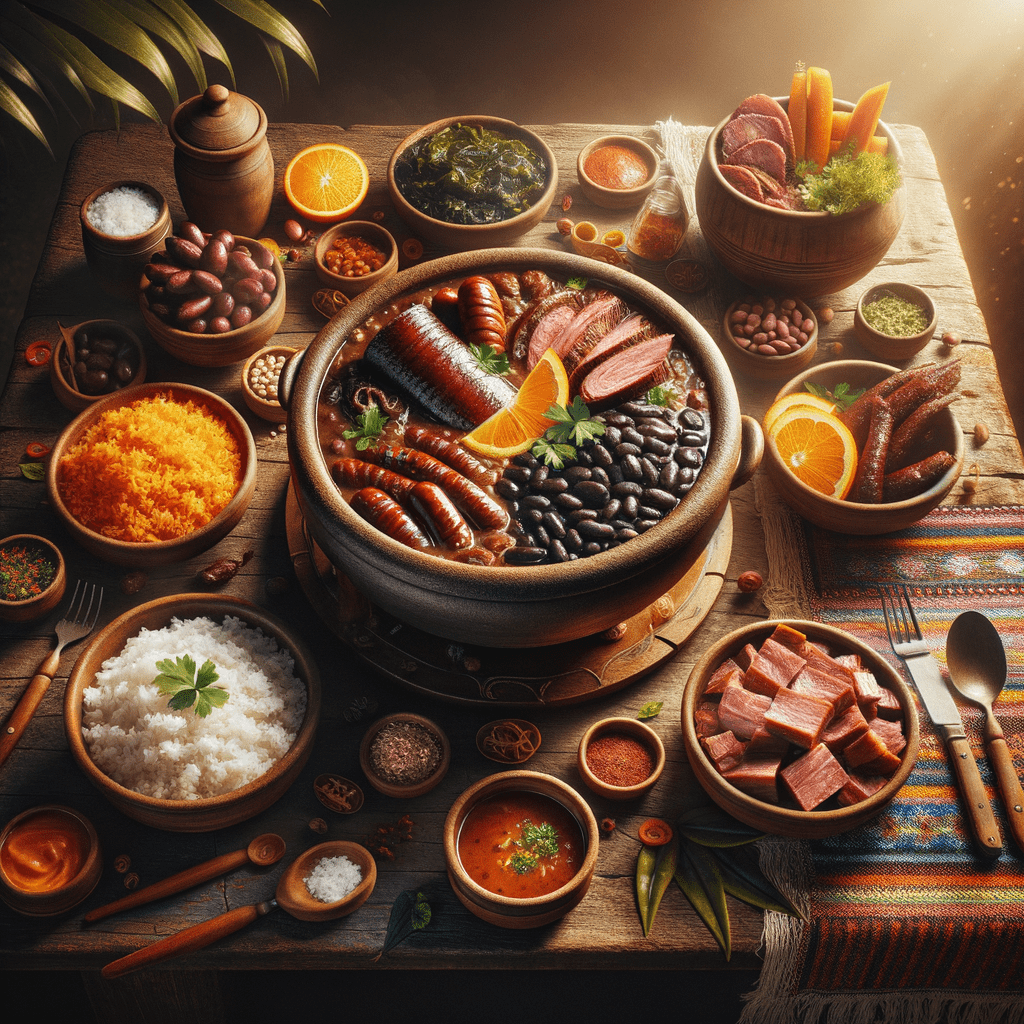Mole. Just hearing that word makes my heart feel all warm and fuzzy, and honestly, it makes my stomach growl a little too. I can still remember the first time I tasted mole—it was like magic in my mouth. The rich, velvety sauce was something out of a food fairy tale, captivating my senses in ways I’ve rarely felt with other cuisines. As I dug deeper into its layers of flavor, I couldn’t help but get lost in its story, history, and all the wonderful forms it can take.
A Journey Through Time
Mole, the fascinating Mexican sauce, has a history as complex and varied as its taste. It’s this wonderful mash-up of native Mexican and Spanish culinary traditions, stretching all the way back to the Spanish conquest days. The word ‘mole’ comes from the Nahuatl word “mōlli,” which means sauce, concoction, or stew. It’s kind of fun to picture all these ingredients mixing together centuries ago in bustling Mexican kitchens—chili peppers, tomatoes, seeds, and chocolate from the local scene joined by the newcomers’ spices like cinnamon, clove, and garlic. Whether it originated in Puebla or Oaxaca is still up for debate—both places lay claim, and frankly, they produce some of the most heavenly moles you’ll ever taste.
Chocolaty Misunderstandings
Here’s a little nugget that bugs me: a lot of folks think every mole has chocolate in it. Ahh, not so! While mole poblano, which is super popular, does have chocolate, many other moles do not. They’re rich with flavor from a whole host of roasted and ground ingredients, creating taste symphonies, with chocolate being just one possible note in that symphony.
A Dance of Flavors
Mole feels more like art than just any old sauce. It’s kind of amusing when people call it just a “sauce” because, to me, it’s a full experience. Some variations use up to 30 ingredients or more! Each ingredient plays its own special role—like a vibrant tapestry with each thread adding something unique. Whether it’s nutty, spicy, sweet, or smoky, every flavor gets its moment in the spotlight.
Making mole is definitely no walk in the park. Nope, it’s a labor of love, patience, and balance. Each step, from roasting seeds and toasting chilies to crushing herbs, matters. There’s no haphazard mixing here—each move is as deliberate as an artist’s brushstroke.
Puebla’s Pride
Now, let’s chat about mole poblano. This is the mole that truly hooked me. It’s from Puebla, a place wrapped in its own lore. There’s a cherished story of nuns at the Convent of Santa Rosa tossing together whatever kitchen staples they had for a visit from the archbishop. Imagine their surprise when their mix of spices, dried fruits, chilies, and—you guessed it—chocolate, became this harmonious, delicious masterpiece. And what a masterpiece it is, with a deep mahogany color and taste that’s endlessly complex yet soul-soothing.
The Oaxacan Treasure
Oaxaca is often called the land of the seven moles. Oaxacan moles really capture the culinary bravery and cultural richness of the area. From the daringly dark mole negro, with its unique blend of chocolate and local chilies, to the vibrant, green, herbaceous mole verde—each is a marvel. I remember visiting Oaxaca with a dear friend who said, “If you haven’t tasted mole here, you haven’t truly lived.” It sounded like an exaggeration at first, but after tasting it, I had to agree. Eating Oaxacan moles is like embarking on a magical, edible adventure across Mexico’s cultural landscapes.
Less Known But Not Less Loved
Then there are the lesser-known moles, like mole manchamanteles, which amusingly translates to ‘tablecloth stainer’ because of its bold color from ancho chilies and red fruits. It’s a flavorful match of spicy and sweet, often featuring pineapple or plantains. I remember devouring manchamanteles at a family gathering—not really worrying about the stains because the taste was just so worth it.
There’s also mole amarillo, which often looks sunny and yellow due to corn masa and yellow chilies. It has a different vibe but shares that warmth and heartiness typical of all moles.
Cook It, Love It
Over time, I’ve tried making mole myself—wow, talk about a deep dive into culinary respect. The learning curve can feel steep, but that’s also where the fun lies. The smell of chilies toasting, mingling with spices? It’s intoxicating, and gives you that rush—you’re almost there! You learn to love the mess, and the little imperfections in blistered chilies and seasoning adjustments because the end result is so beautifully rewarding.
If you haven’t tried your hand at making mole yet, don’t be scared—jump in with excitement and a taste for adventure! Whether you make it from scratch or use a trusty mole paste when time’s tight, the outcome will still feel wonderfully personal.
A Sauce That Tells a Story
Mole isn’t just food; it’s a tale—a living, breathing story that evolves with each family gathering or street-side festival. It tells of history, creativity, and love, reaching across borders but always staying true to its Mexican roots. To love mole is more than savoring its delightful flavors. It’s about celebrating what it stands for: an enduring bond with a vibrant cultural journey. My first taste set off a love affair, but this deeper understanding keeps it alive for a lifetime.
So there you have it—my warm ode to the spectacular complexity and diversity of Mexican mole. The next time you find yourself at a Mexican restaurant or a local mole fest, remember that what’s on your plate is more than just a sauce—it’s a delicious slice of history, ready to be cherished.




